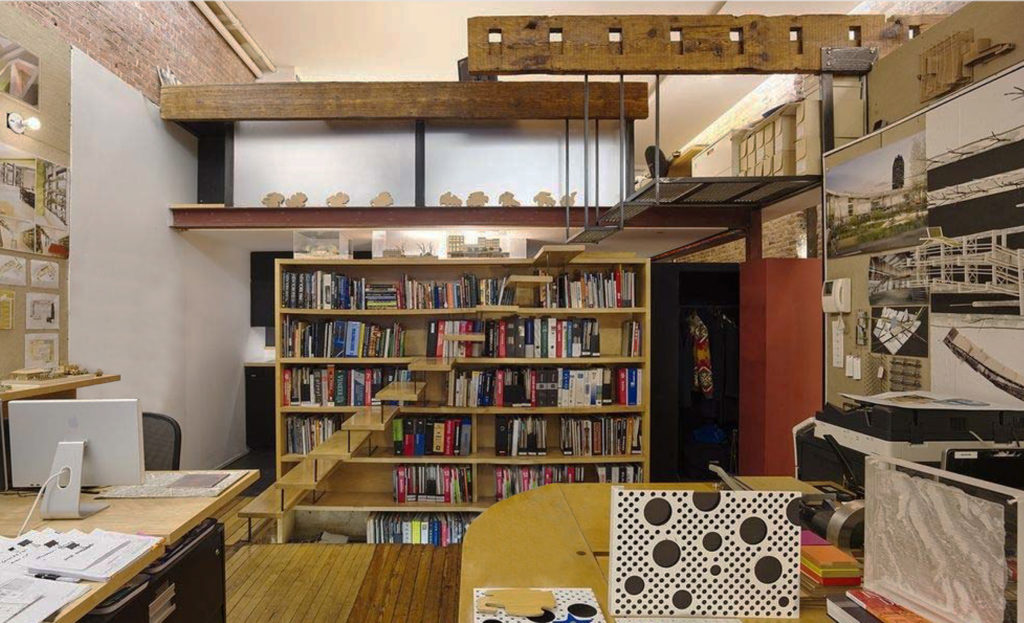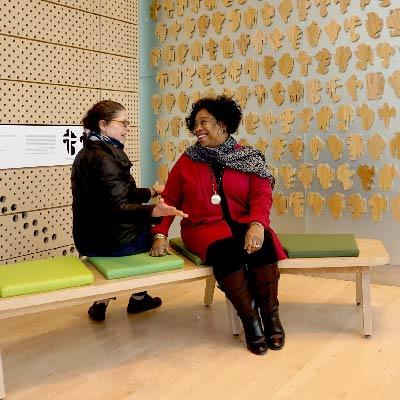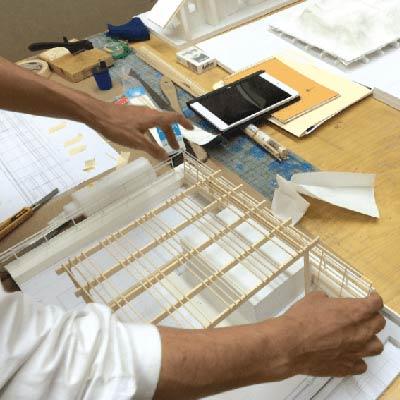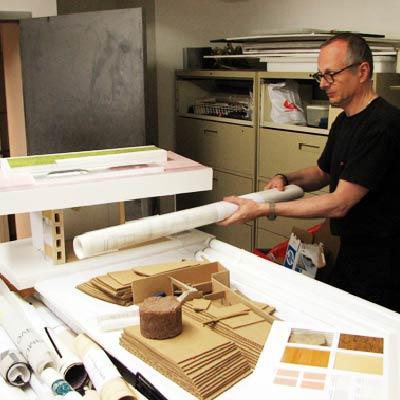
PHILOSOPHY
MPA’s design approach is shaped by values that integrate architecture, landscape, urban design, and art. Our commitment extends beyond our own projects as we actively seek collaboration to advance knowledge and maximize architecture’s contribution to a socially just, culturally rich, and ecologically restorative future. From urban to institutional to residential and commercial spaces, these multidisciplinary values lie at the root of every MPA project.
- Past, Present, and Future: Every MPA project begins with an intensive analysis of a site’s physical, social, and psychological formation. Through these investigations, we are able to identify overlooked opportunities that have shaped a site’s current condition. MPA works through these latent moments and uses them as springboards for design, creating the possibility of a new story that revalues a site with honor, dignity, and identity.
- Identity: MPA’s comprehensive approach engages multiple scales, from intricate details to broader urban and environmental contexts. By engaging everyday materials, historical and present day site conditions, and natural phenomena in new relationships, we create fresh connections that generate iconic images. These images not only hold significance for individual communities but also contribute to the overall cityscape, reaching beyond the limits of a given site or program.
- Integrated Sustainability: MPA’s innovative site, climate, material and Active Design practices support environmental, economic, and social sustainability. Our whole-building design process integrates all aspects of site development to minimize a building’s resource consumption and environmental impact. Our integrative approach to sustainability shapes healthy, active buildings and places whose innovative energy, storm-water, and maintenance practices contribute to the longevity of the project.
- Diversity: MPA projects acknowledge and support diversity with the goal of designing spaces that enable social, historical, and physical differences to coexist. Each project is a collaborative undertaking in which we consistently engage with clients and communities of all backgrounds throughout each step of the process. By turning every space within a project into a meaningful place, MPA takes on the materialistic and spatial dimension of diversity and equity, designing spaces that are harmonious yet engaging and accessible on multiple levels.
- Landscape: MPA projects integrate architecture, landscape, and city, contributing to sustainability, resilience, and livability. Our projects engage and mobilize heterogeneous natural and constructed elements at every scale that share urban spaces and temporal frames in order to create new synergies.
- Tectonics: The construction of a building provides unique opportunities to challenge architectural conventions, including the relationship between structure and cladding, and the hierarchy between primary and secondary structural elements. Our approach to structural design emphasizes the importance of what encompasses, surrounds, and guides a diverse range of materials, as well as the creation of space.
- Art: By collaborating with artists, we harness the power of architecture to integrate and maximize the impact of art in everyday spaces. A deep understanding of art languages allows unique engagement in respectfully specific ways. Notable are collaborations with environmental sculptor Michael Singer at Queens Plaza and with conceptual artist Allan McCollum at Elmhurst Library.
- Active Design: MPA implements robust processes to improve the connections between health and environment. We continue to deepen our understanding of how physical activity intersects with systemic aspects of urban environments, fostering a transformative mindset and knowledge of how design can enhance this intersection.
- Performance: MPA prioritizes performance over form. Every project explores and expands the notion of performance for different material assemblies, from the suspended structural glass cubes of Elmhurst Library to the wind and sun apparatuses at the Children’s Museum to recycled plastic lumber in the outdoor classrooms.
- Relationships and Collaboration: Successful collaboration with external consultants is essential to MPA’s work. From artists to engineers to skilled craftsmen, MPA is committed to working with consultants of the highest caliber. When forming relationships with clients, we build models and craft presentations so that they can not only visualize and understand the implications of their desires, but also be empowered to explore what else is possible.









